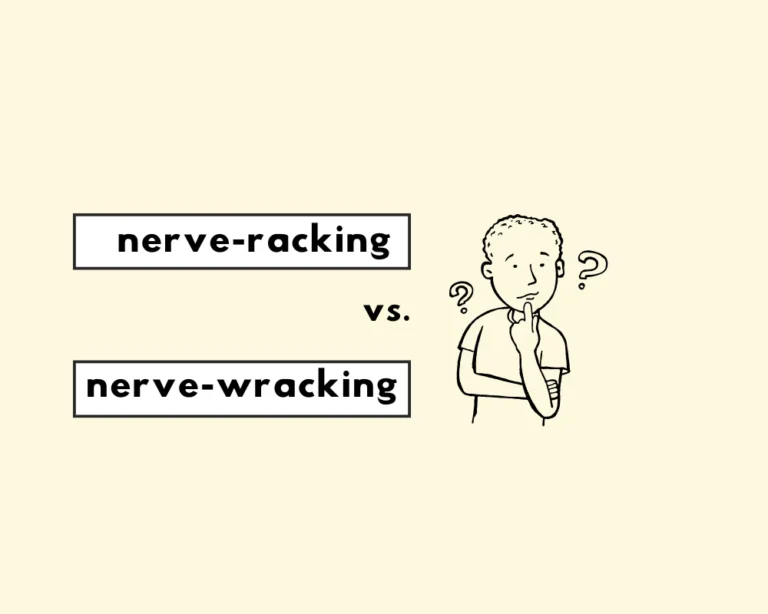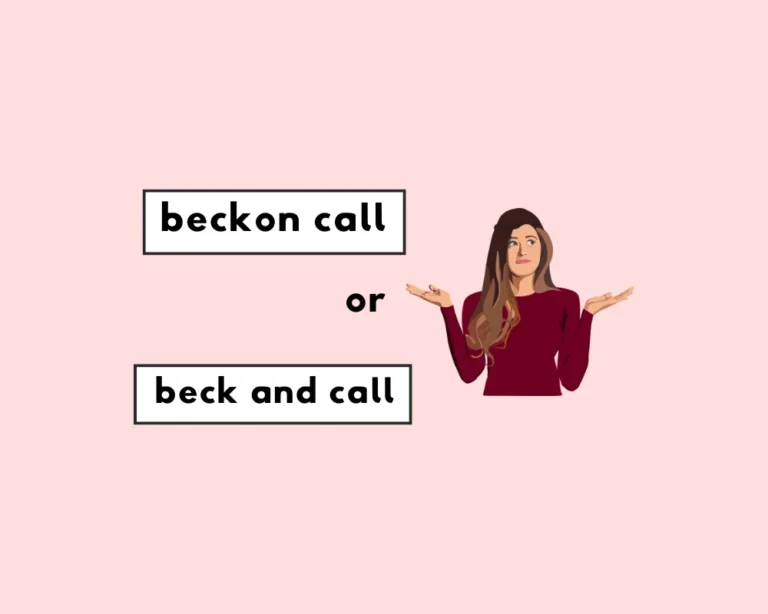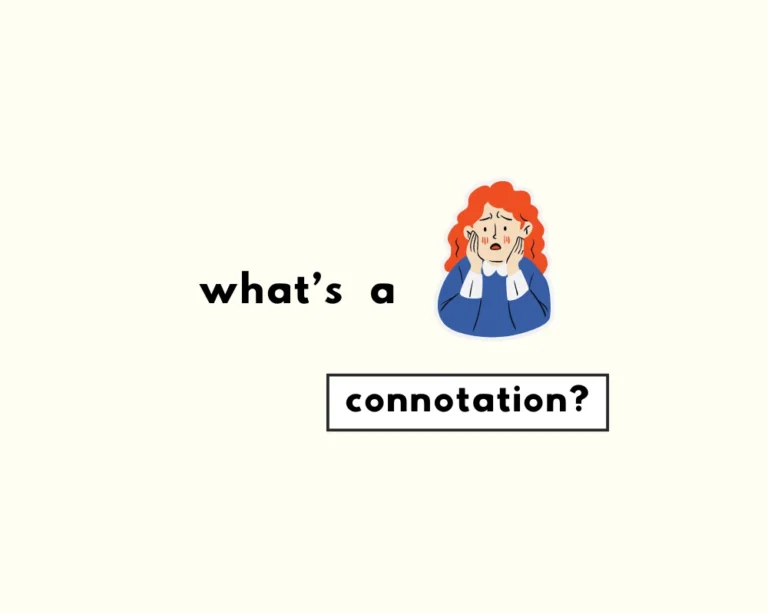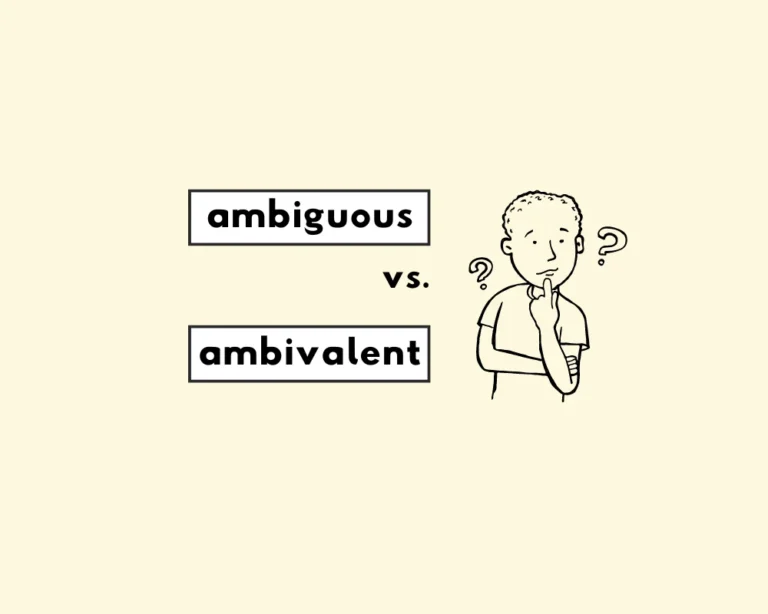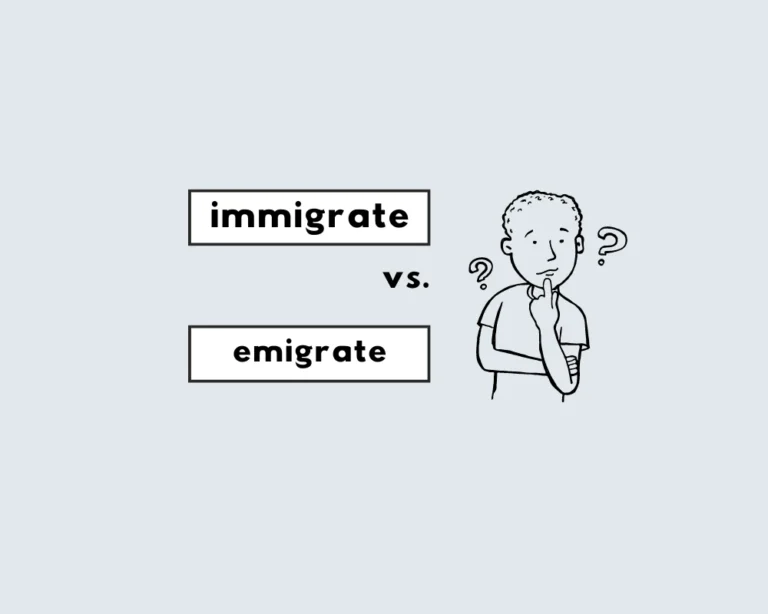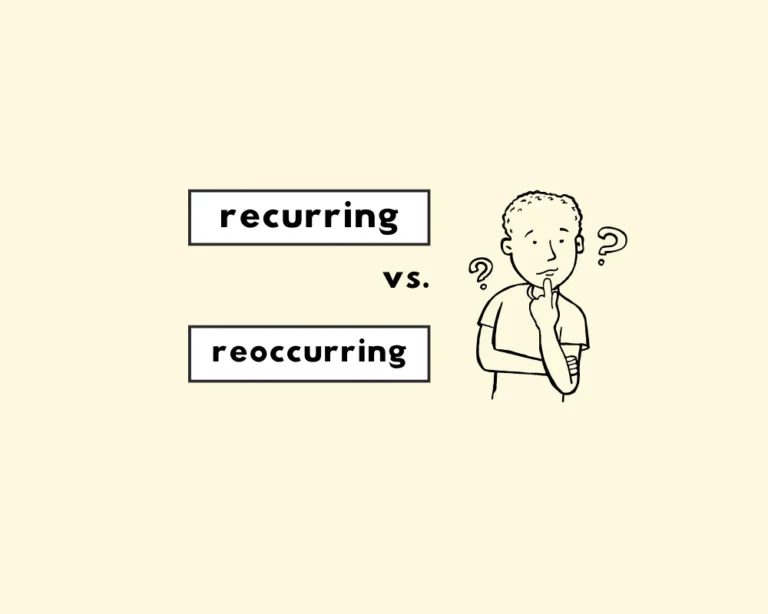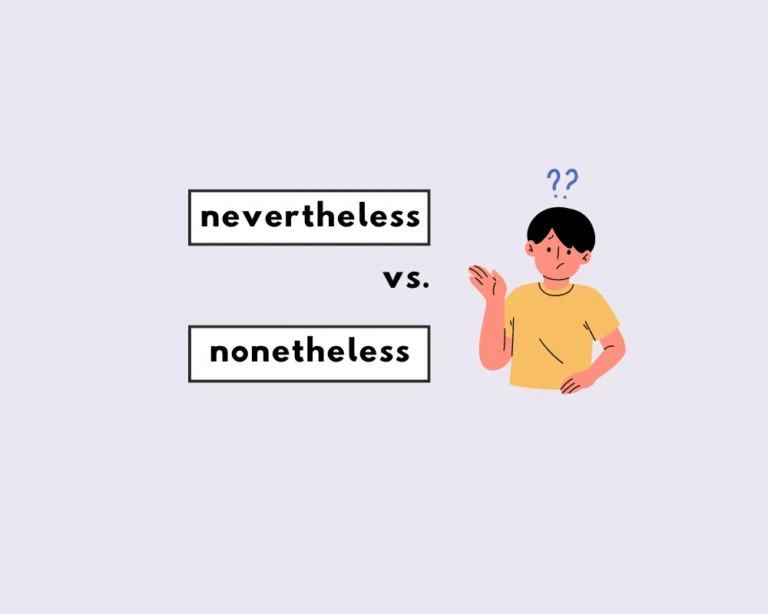Contents
Toggle
What are plural-only nouns?
Did you ever wonder why we some items we refer to as “a pair of“, even if we’re only mentioning one of that thing?
For example, think of scissors: to ask about scissors we’d say, ‘do you have a pair of scissors I can borrow?“
In most contexts, a “pair” describes two of something, but when we say “a pair of [plural-only noun]”, usually this refers to a single item or thing.
| Examples: plural-only nouns used in sentences | |
| Are those my glasses? Have you seen my shorts? I need a new pair of sunglasses. |
Because some things are made up of parts, pieces or pairs, we refer to them as ‘plural-only’ (despite that they are countable). We also use them strictly as plurals in form: they end in “-s” / “-es” (as plural nouns do).
Plural-only nouns, (also known as non-singular nouns), are regular items like clothing (e.g., pants, glasses, scissors, goggles and suspenders). They can also be household objects like pliers, scissors, tongs and so on, (anything that’s got components, or made up of parts!)
Plural-only vs. singular-only nouns
Singular-only nouns, also called uncountable or mass nouns, are different from plural-only nouns and should not be confused with them.
Mass nouns sound like what they are: ideas or concepts that we cannot physically or literally count or quantify. This could be because they are abstract concepts, subjects or exist in a form which cannot physically be counted (like sand, gold or rice). Mass nouns stay singular in form, despite some of their abundanceness).
| Mass nouns in sentences |
| Sara ate five bowls of rice. Robert enjoys reading all types of literature. She went to get glasses of water for everyone. |
English reflects their non-count-ness by keeping them singular: rice, gold, milk and knowledge are all non-count/mass nouns that we do not physically count (either because it would be impossible or because they are abstract concepts that cannot be measured).
We can, on the other hand, count plural-only nouns, such as glasses or pants, and so they are distinct from non-count or mass nouns in this way.
Plural-only nouns vs. collective nouns
What’s the difference between a collective noun and a plural-only noun? Sounds tricky, but fear not—the difference is as easy as reading the rest of this article.
Collective nouns, like the name suggests, mention collectives or groups taken as a whole or a single unit. See these examples of collective nouns:
| Collective nouns in sentences |
| My family mostly have their birthdays in the fall and winter. The choir were all warming up in different keys. The band were on tour all summer. |
Plural-only/non-singular nouns do not mention entities considered as a single unit, rather they mention objects that are comprised of parts and so are more than one on their own (in isolation).
Mass nouns are also therefore distinct from collective nouns, as mass nouns do not refer to a group or collection of persons necessarily, but can refer to abstract concepts, substances or masses of things (think elements like fire, water or smoke).
Learn about nouns
Sources
- English Grammar and Composition, P.C. Wren.
- Grammarly on mass nouns.


